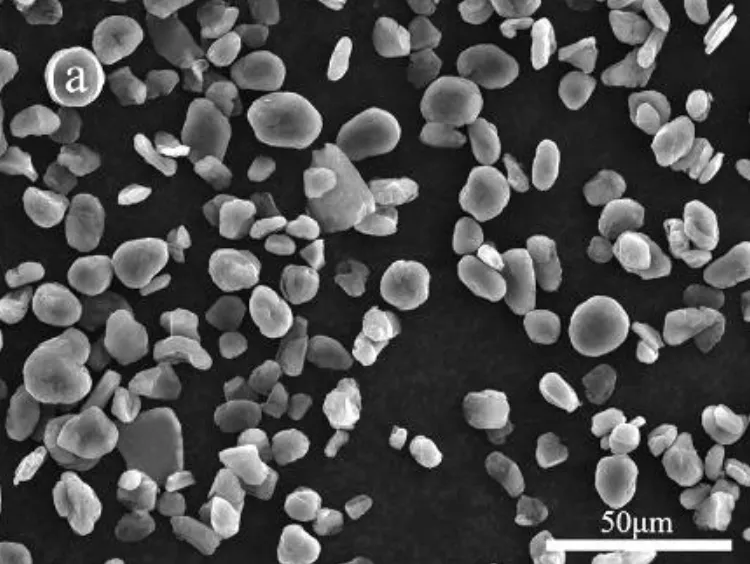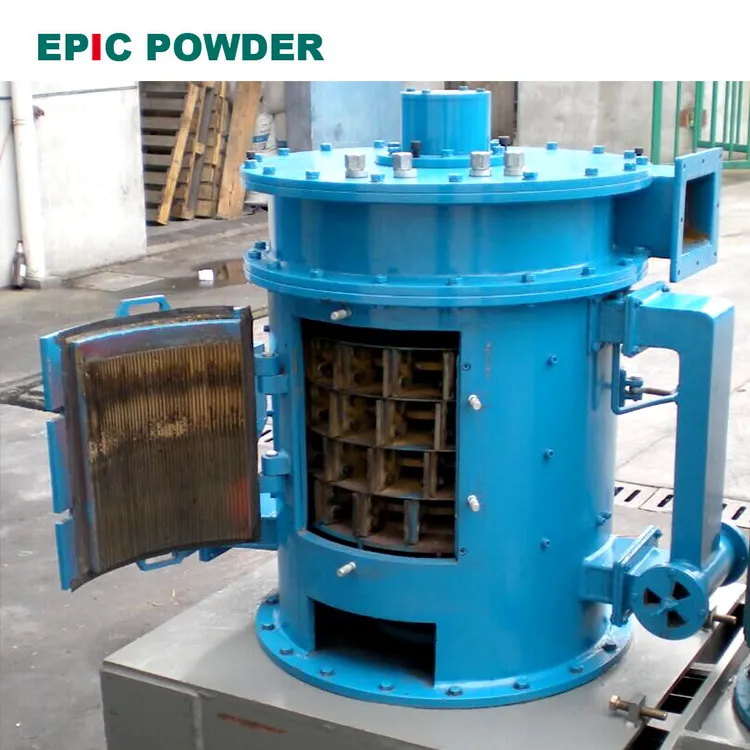Anode material is a core component of lithium-ion batteries. It determines the rate performance of lithium-ion batteries. It also affects initial charge-discharge efficiency and cycle stability. Natural graphite anodes are made from natural flake graphite. The process includes crushing, spheroidizing, classifying, purifying, and surface modification. They are low-cost, abundant, safe, and non-toxic. They also offer good electrical conductivity. Among them, spherical graphite has the advantages of good conductivity, high crystallinity, low cost, etc. It also has the characteristics of low and flat charge and discharge potential, long cycle life, and green environmental protection. It has gradually become a replacement product for negative electrode materials used in lithium-ion battery production. Understanding the key factors that influence the particle morphology during spherical graphite preparation is essential for optimizing the preparation process and obtaining high – quality spherical graphite.

Why use spherical graphite
Natural graphite has good conductivity, high crystallinity and good layered structure. It is currently the most widely used negative electrode material for lithium-ion batteries. Graphite negative electrodes generally use natural flake graphite, but it has the following disadvantages:
- Flake graphite powder has a large specific surface area, which has a great influence on the initial charge and discharge efficiency of the negative electrode.
- The layered structure of graphite allows Li⁺ to enter only from the edge and diffuse inward.
Due to the anisotropy of flake graphite, Li⁺ diffusion is long and uneven, resulting in lower capacity. - Graphite’s small interlayer spacing increases Li⁺ diffusion resistance and results in poor rate performance. During fast charging, Li⁺ tends to deposit on the surface, forming dendrites and posing safety risks.
To address these issues, graphite needs modification to optimize anode performance. One key method is sphericalization. Spherical natural graphite has lower surface area and higher tap density. This leads to higher initial Coulombic efficiency, greater reversible capacity, and improved cycle stability.
How to get spherical graphite
Spherical graphite is typically produced from high-quality, high-carbon natural flake graphite. Advanced processing techniques modify the surface to create elliptical, sphere-like graphite with varying fineness.
Spherical graphite is produced by mechanically grinding natural flake graphite into suitable particle sizes using a honeycomb mill. Then, air flow from the mill rounds the edges to form elliptical or near-spherical shapes. A classifier separates spherical particles from fine powders detached during rounding, yielding normally distributed spherical graphite.

In addition to natural flake graphite, researchers have developed artificial spherical graphite. For example, graphite electrode cutting waste—after clean processing—is used as raw material. A novel wet-phase pressurized coating–granulation method, combined with box furnace carbonization, enables low-cost, high-quality, eco-friendly production. This process yields artificial spherical graphite anodes with a core–shell structure.
Conclusion
In summary, the preparation of spherical graphite with desirable particle morphology is a complex process influenced by multiple factors. The characteristics of the graphite raw material, including its crystal structure and purity, lay the foundation for the final particle shape. The preparation process parameters, such as grinding method, time, and intensity, heat treatment temperature, heating rate, holding time, and chemical treatment with oxidizing agents and surfactants, all interact to determine the morphology of the spherical graphite particles. By carefully controlling these key factors, it is possible to optimize the preparation process and produce high – quality spherical graphite with the desired particle morphology for various applications, particularly in the rapidly developing field of lithium – ion batteries.
Epic powder
Epic Powder, 20+ years of work experience in the ultrafine powder industry. Actively promote the future development of ultra-fine powder, focusing on crushing,grinding,classifying and modification process of ultra-fine powder. Contact us for a free consultation and customized solutions! Our expert team is dedicated to providing high-quality products and services to maximize the value of your powder processing. Epic Powder—Your Trusted Powder Processing Expert !
